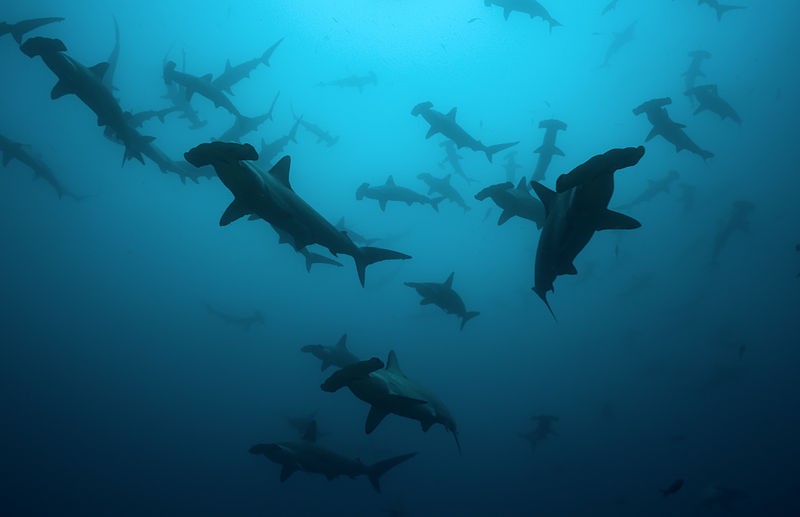Conservation Measures for Hammerhead Shark

The Ministry of Agriculture, Livestock , Aquaculture and Fisheries (MAGAP) has ordered the implementation of management and ordering measures of the incidental catches of hammerhead shark in Ecuadorian waters.
The species covered by the Ministerial Agreement N° 116 are two: scalloped hammerhead (Sphyrna lewini) and smooth hammerhead (Sphyrna zygaena).
The measures that have been set are in line with the decision adopted at the XVI Meeting of the Conference of the Parties Bangkok, held in Thailand by the Convention on International Trade of Endangered Species of Fauna and Flora (Cites). There, members accepted the proposal made by Brazil, Colombia, Costa Rica, Denmark, Ecuador, Honduras and Mexico to include both species in Appendix II of the convention, reported the head of the Undersecretariat of Fisheries Resources (SRP), Jimmy Martínez.
The Sphyrna lewini shark is included in the red list of threatened species that are endangered in the global arena while the Sphyrna zygaena is located in a vulnerable situation.
According to SRP, the landings of the species scalloped hammerhead recorded an interannual fall of 45.42 per cent between 2008 and 2010.
As for the smooth hammerhead it was noted that 90.53 per cent of artisanal landings of smooth hammerhead is composed of neonate and juvenile (immature) specimens, which have a negative impact on the population because it affects their level of reproduction.
The MAGAP decided that in smaller artisanal or fiber vessels the maximum capture to be tolerated as bycatch per trip will be five hammerhead sharks (juvenile of up 150 cm in total length). These specimens will be sold in local markets.
If fishermen catch female carrying young, they shall be returned into the sea immediately.
The sharks must be sold with their fins attached to the body naturally.
The landing, transport and commercialization shall be accompanied by monitoring and control certificates, and the mobilization guides delivered by SRP fisheries inspectors.
In industrial vessels and sport and recreational fishing it is prohibited to have hammerhead shark bodies, whole or in parts (body, fins, skin, cartilage) onboard, transship, land, store, sell or offer to sell them, stressed the Undersecretariat.
The control and surveillance of the official measure will be under responsibility of the National and Environment Police, that of the Coastguard Body, of the Armed Forces, of the Service Customs Surveillance Unit (SENAE) and of the National Directorate of Aquatic Spaces (DIRNEA).
Photo: Hammerhead Sharks Wikimedia Commons



